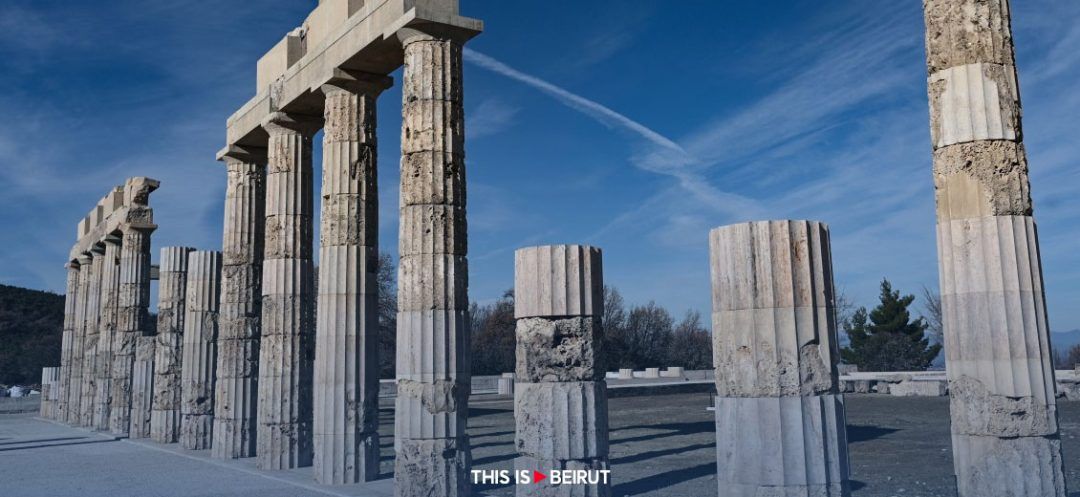
©Photo Credit: Sakis Mitrolidis / AFP
The ancient Palace of Aigai, the site of Alexander the Great's coronation as the King of Macedonia, has been unveiled to the public this Sunday, January 7, following a 16-year renovation project. This ambitious endeavor, costing 20 million euros, was dedicated to restoring the palace's former magnificence. During a ceremony held on Friday, January 5, the Greek Prime Minister, Kyriakos Mitsotakis, lauded the Palace of Aigai as a "monument of global importance."
Dating back to the 4th century BC, the ancient Palace of Aigaithis, this expansive site encompassing 15,000 square meters, stood as a paramount landmark in classical Greece, rivalling Athens' Parthenon. As the former capital of the Macedonian kingdom, Aigai was not only a dominant military force, but also served as the spiritual nexus of the realm. The palace, constructed under the auspices of Philip II, Alexander the Great's father, is in close proximity to the sepulchres of Philip and other Macedonian monarchs.
Following Philip II's assassination, Alexander was crowned in this palace in 336 BC. This pivotal event marked the commencement of his extensive military conquest, establishing an empire that extended to the contemporary borders of India. In his address, Prime Minister Mitsotakis highlighted the palace's enduring significance, stating that it "has a cultural and national character, because it confirms the Greek identity of Macedonia throughout the centuries."
[gallery link="none" size="large" ids="214498,214497,214496,214500,214499"]
The site encompasses the royal palace and a colonnade, which flanked the palace and the agora, a crucial venue where ancient Macedonians deliberated on matters of state. It was within the palace's courtyard, with a capacity to accommodate 8,000 individuals, that Alexander was proclaimed king. The Romans razed the palace in 148 BC. Archaeological endeavors to unearth the site commenced in 1865, with continued excavations throughout the 20th century. The restoration, initiated in 2007, received support from the European Union. Located near the modern-day Greek village of Vergina, the palace, alongside the adjacent tombs, has been recognized as a UNESCO World Heritage Site. Greece, recognizing the cultural and economic value of such sites, intensified its investment in preserving its abundant antique landmarks, which have become crucial to its tourism industry. For over thirty years, Greece has persistently sought the repatriation of sculptures from the Parthenon, currently housed in the British Museum. These artifacts, according to Greek authorities, were appropriated during the 19th century under Ottoman rule.
With AFP.
Read more




Comments